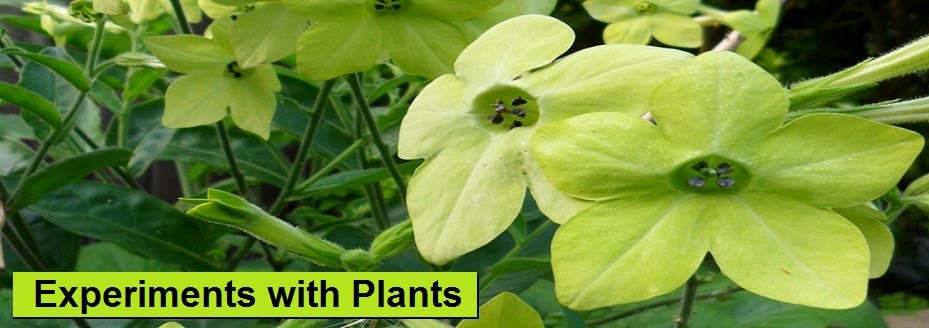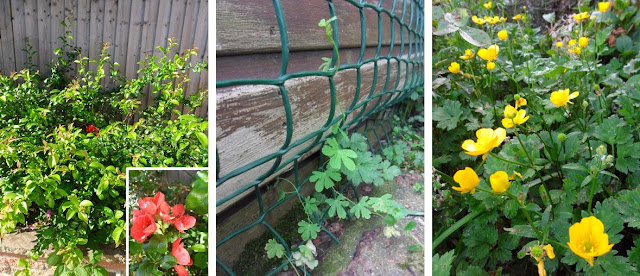 |
| lamp-post flower bowls planted by the local council |
On Saturday morning I had to give someone a lift to the DIY store. While I was waiting, I passed by the sick plants shelf (the only place where I've bought plants so far) to see what could be rescued. A box labelled “variegated trailing veined petunias” caught my eye, a few of them seemed healthy enough to live a while longer and perhaps flower. I bought them for £1 with a particular flower basket in mind.
My Mum never tires of telling the story of how she was the first person in the street and the family to plant and hang a flower basket at the front entrance of the house, a pioneer in her own way. Gradually, the neighbours and relatives followed suit; not me though, preferring to keep my passion for plants private.
However, on arrival at her house, instead of being greeted with gratitude, I was scolded for thinking that four small plants would be sufficient to fill a hanging basket - it would be an embarrassment for all to see. I pointed out that four small plants which had the potential to trail down eventually and bloom with veined petals might be more decorative than the weeds sticking out of the basket which had been left untouched since last year. Little did I know that she was still at the planning stage.
She directed me to a small nursery, like a farm shop, selling inexpensive plants for bedding and baskets. I'd never been to a nursery before, there was a steady stream of customers, all very knowledgeable and friendly and the lady in charge assisted to find what we were looking for. I couldn't help but compare the rows upon rows of newly propogated, healthy plants with my festering seed trays and the neatly labelled but unloved specimens in the DIY store.
It didn’t take long to realise that working on this project together would be problematic. Despite her spartan dress-sense and lifestyle, my Mum aspires to have the colours of the rainbow represented in her flower basket, crowned with a signature fuschia; I go for the less-is-more approach. We finally compromised to limit the pallette to her favourite purple (matched by a velvety verbena), with contrasting lilac and cream (combined in nemesia) even managing to find a fuschia with cream sepals. Some volunteers of vinca from the garden completed the collection.
 |
| left to right : variegated petunia, verbena, fuschia, nemesia, vinca |
Assembling the basket alone (as Mum seemed to distance herself while I was pulling out the vinca), I began to understand the attraction. It's sanitised gardening that can be done with bare hands without worrying about that hidden worm or slug. It's a totally absorbing pass-time, started and completed within a few hours. It captures the emotions and fancies of the moment and shouts out : "This is me!"
 |
| hope it fills out ... or I wont hear the end of it. |
Before hanging the basket outside, I looked around sheepishly to see if anyone was watching, feeling guilty that neighbours and visitors would think that this was my Mum's best effort. Finally, I could see her point. I never thought I'd be the kind of person to plant flower baskets; maybe I shall assemble my own this summer, but I'll definitely hang it in the back garden if I do.
How to assemble a flower basket properly :


















